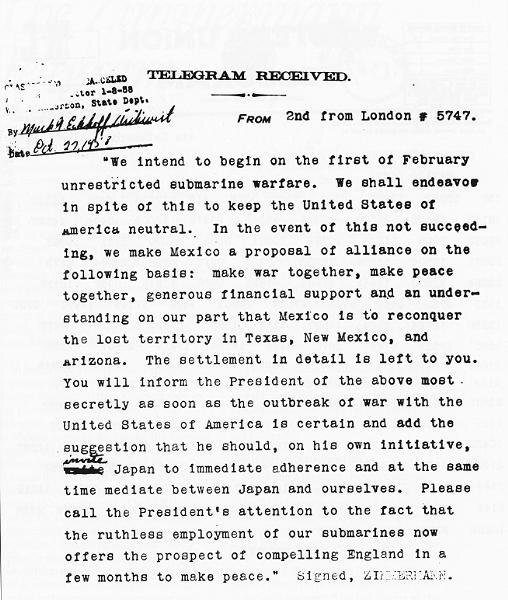William Thomas Tutte OC FRS FRSC was an English and Canadian codebreaker and mathematician. During the Second World War, he made a brilliant and fundamental advance in cryptanalysis of the Lorenz cipher, a major Nazi German cipher system which was used for top-secret communications within the Wehrmacht High Command. The high-level, strategic nature of the intelligence obtained from Tutte's crucial breakthrough, in the bulk decrypting of Lorenz-enciphered messages specifically, contributed greatly, and perhaps even decisively, to the defeat of Nazi Germany. He also had a number of significant mathematical accomplishments, including foundation work in the fields of graph theory and matroid theory.
W. T. Tutte
The Lorenz SZ42 machine with its covers removed. Bletchley Park museum
Image: SZ42 6 wheels lightened
Cryptanalysis refers to the process of analyzing information systems in order to understand hidden aspects of the systems. Cryptanalysis is used to breach cryptographic security systems and gain access to the contents of encrypted messages, even if the cryptographic key is unknown.
Reconstruction of the appearance of cyclometer, a device used to break the encryption of the Enigma machine. Based on sketches in Marian Rejewski's memoirs
The decrypted Zimmermann Telegram.
The Bombe replicated the action of several Enigma machines wired together. Each of the rapidly rotating drums, pictured above in a Bletchley Park museum mockup, simulated the action of an Enigma rotor.






